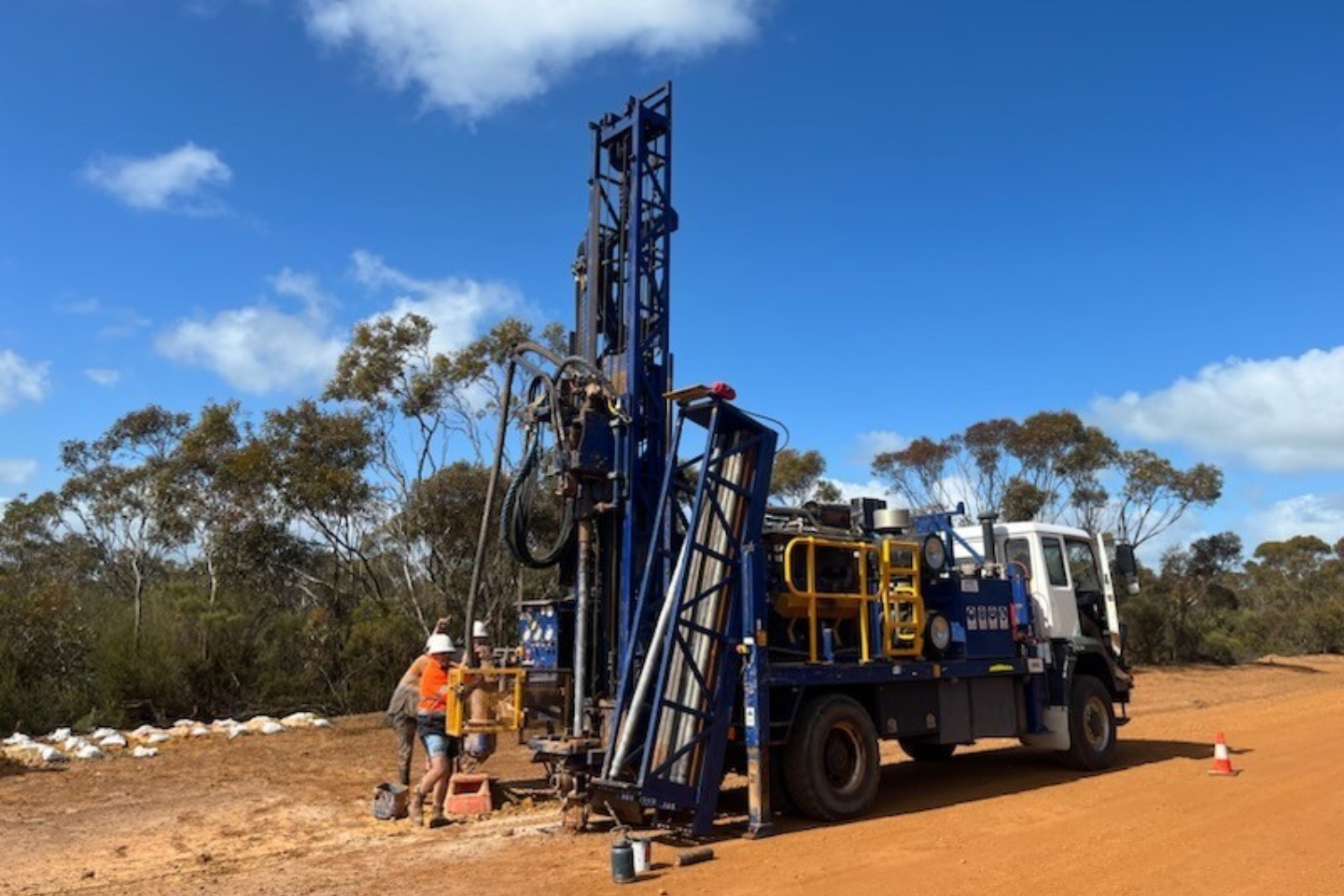Terrain Minerals has joined the frenetic exploration and drilling fray in Western Australia’s up-and-coming, clay-hosted rare earths province near Esperance. The company has joined the ever-growing rare earths search party in the area by launching a maiden proof-of-concept drilling program after securing heritage approval at its 100 per cent-owned, 320-square-kilometre Lort River project, just 50km north-west of the town.

Terrain Minerals has joined the frenetic exploration and drilling fray in Western Australia’s up-and-coming, clay-hosted rare earths province near Esperance.
The company has joined the ever-growing rare earths search party in the area by launching a maiden proof-of-concept drilling program after securing heritage approval at its 100 per cent-owned, 320-square-kilometre Lort River project, just 50km north-west of the town.
The company’s new campaign will be comprised of 10 air-core (AC) drillholes for 600m of work to be undertaken along existing road verges.
Management says it has started drilling, predicated on a review of previous exploration data that identified meaningful rare earths signatures in results from soil-auger drilling samples taken from within 1m of surface in its two westernmost tenements. It hopes the program will find clay horizons that might host economic rare earths and also determine the thickness of the horizons.
The historic soil results include total rare earth oxides (TREO) grades from five samples in the range of 504 parts per million to 580ppm TREO, with a high proportion of magnetic rare earths (MREO) being recorded in the range of between 25 and 35 per cent. Significant scandium grades were also noted.
The picturesque Esperance region has been attracting significant recent attention from mineral explorers following several encouraging discoveries of potentially economic rare earths mineralisation. The most notable finds were of “soft-rock” rare earths accumulations in clay minerals at shallow depths along the coastal margins of WA’s south-west.
Other companies currently active within 150km of Esperance include Emu NL, Heavy Rare Earths, Meeka Metals, Moho Resources, Mount Ridley Mines, OD6 Metals, West Cobar Metals and Zinc of Ireland – and they all have rare earths squarely in their sights.
Rare earths are now among the suite of minerals in greatest global demand, especially for the elements neodymium and praseodymium, which are becoming increasingly important in the global economy. Their uses include advanced electronics, permanent magnets in electric motors and electricity generators and battery technologies.
Rare earths deposits exist primarily in four distinct geological environments – carbonatites, alkaline igneous systems, ion-adsorption clay (IAC) deposits and monazite-bearing placer deposits.
WA’s clay-hosted rare earths fall within the IAC type, where deposits are formed by the weathering of igneous rocks, typically granites, that contain certain rare earths-bearing minerals and usually in small amounts.
Rare earths are typically hosted by granites and commonly associated late-phase pegmatites in tiny and usually uneconomic quantities. It is why IAC deposit types are often found on top of, or at the margins of weathered granites or pegmatite regions where rare earths are concentrated in the clays that are often derived from the same granitic sources.
Rare earths-bearing IAC deposits are primarily produced in China and account for about 35 per cent of that nation’s total rare earths production. In contrast to hard-rock deposits, they are typically found in near-surface, soft and weathered environments and are easier to mine as they do not require a drill to blast and break up. They are also easily excavated in long, shallow open pits or by strip mining.
Ultimately, they are cheaper to mine and by extension, lower grades can be sustained. The beneficiation, processing and extraction flow sheet is also simpler, often requiring just pre-screening to eliminate oversize and acid leach extraction as major parts of the process.
Terrain is one of nine companies engaged in a study by the Minerals Research Institute of WA (MRIWA) into the characterisation of the State’s clay-hosted rare earths deposits. The study is partly funded by the WA Government and by industry and is aimed at advancing the WA rare earths sector.
The Esperance area has excellent infrastructure, including its well-equipped port, and has abundant renewable wind and solar energy available to explorers that manage to get a mine up and running. And with Terrain’s project just 50km from the township, it is well-positioned to take maximum advantage of any new discovery it can make.
As an historical aside, Lort River was named by former WA surveyor general John Septimus Roe in honour of British ex-pat John Lort Stokes for his work in surveying the State’s coastline over 18 years aboard the HMAS Beagle.
So it may well be that Terrain will be hoping for some nostalgic synergy to send it sailing up the ASX boards.
Is your ASX-listed company doing something interesting? Contact: matt.birney@businessnews.com.au















